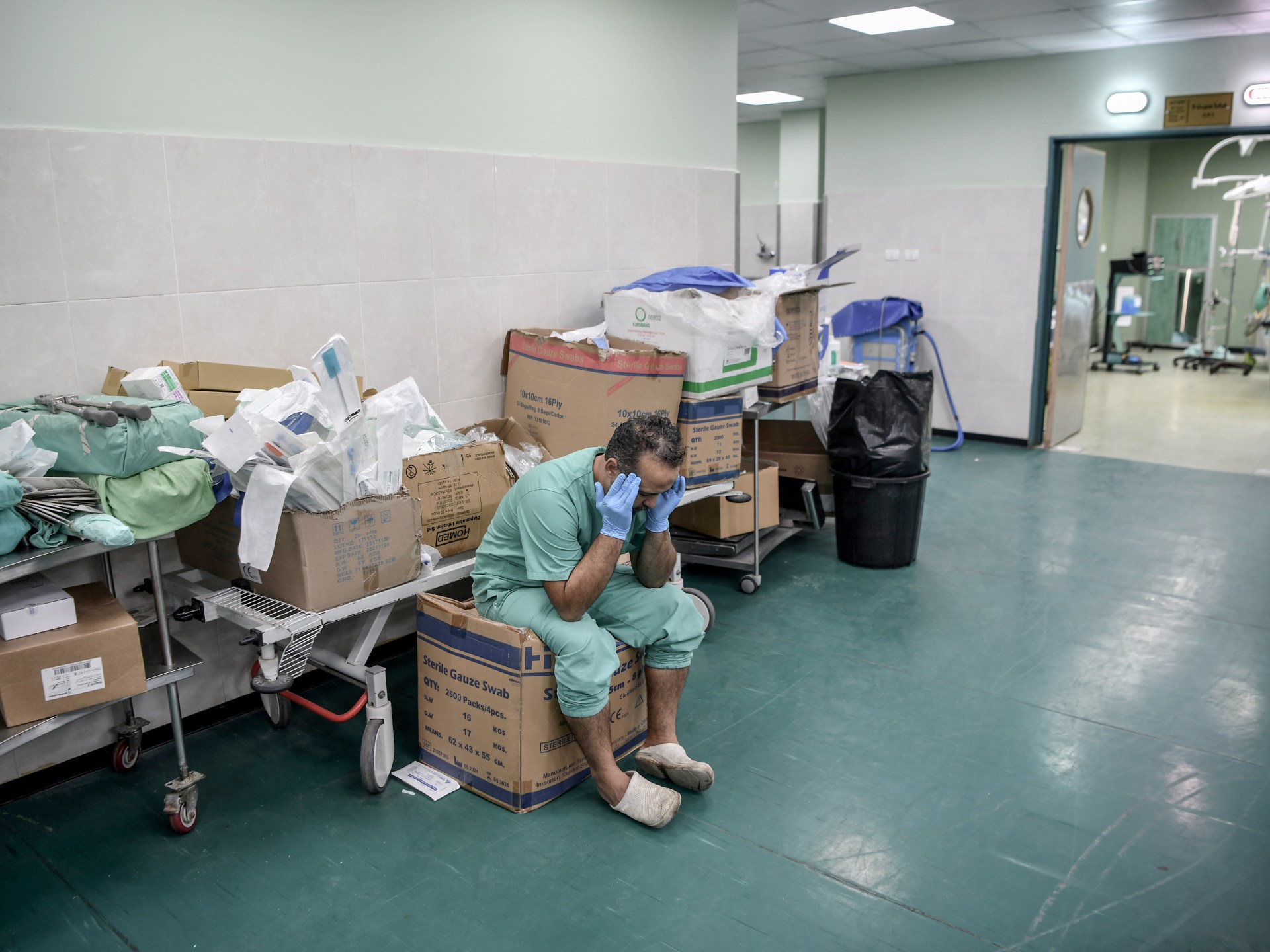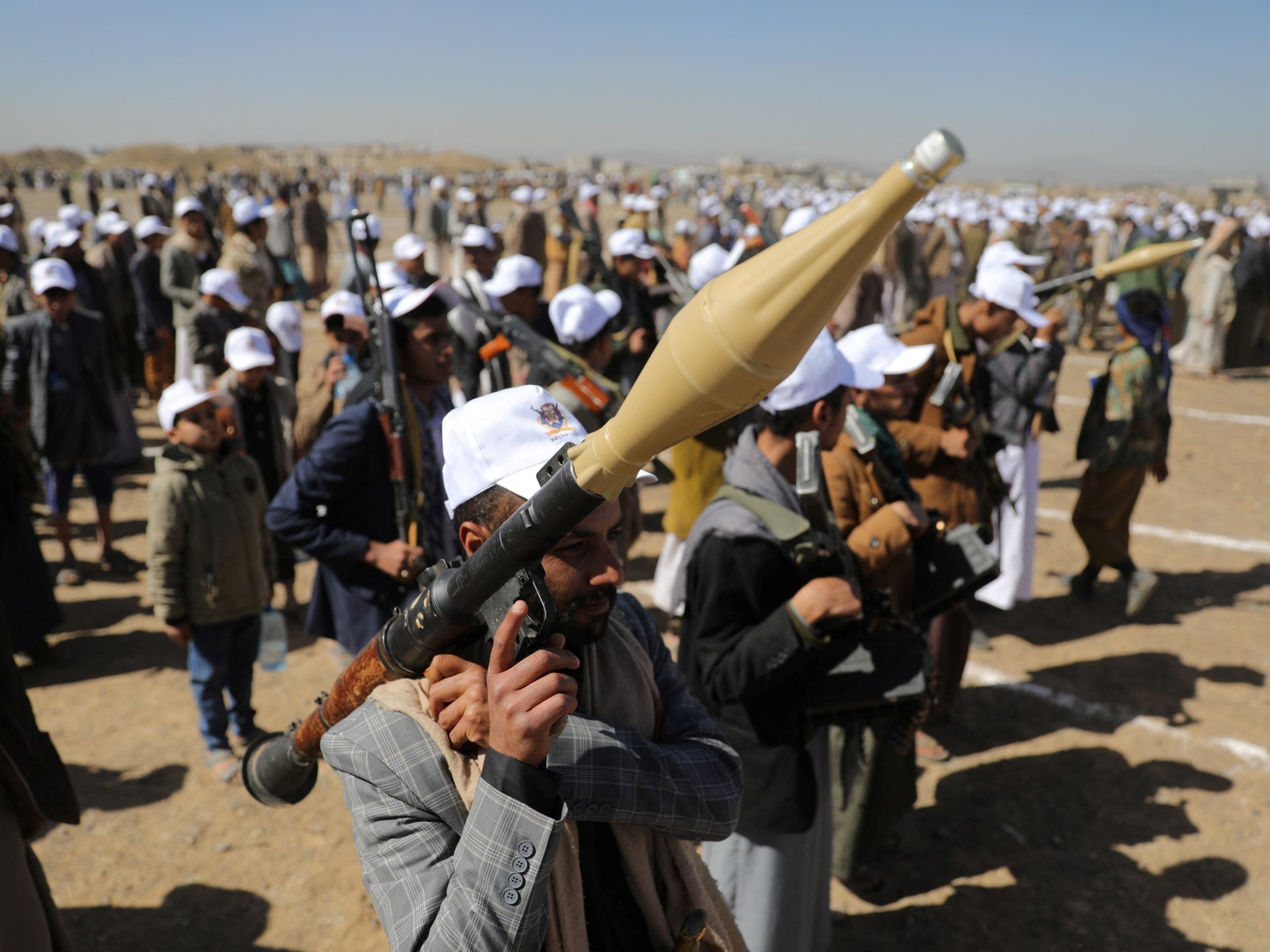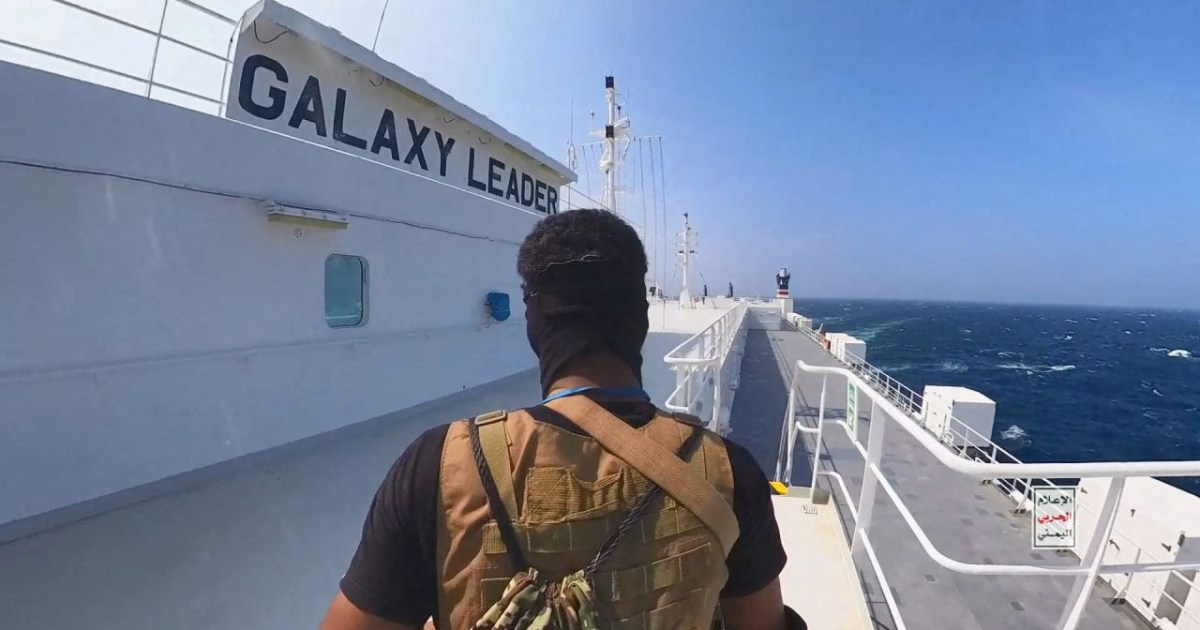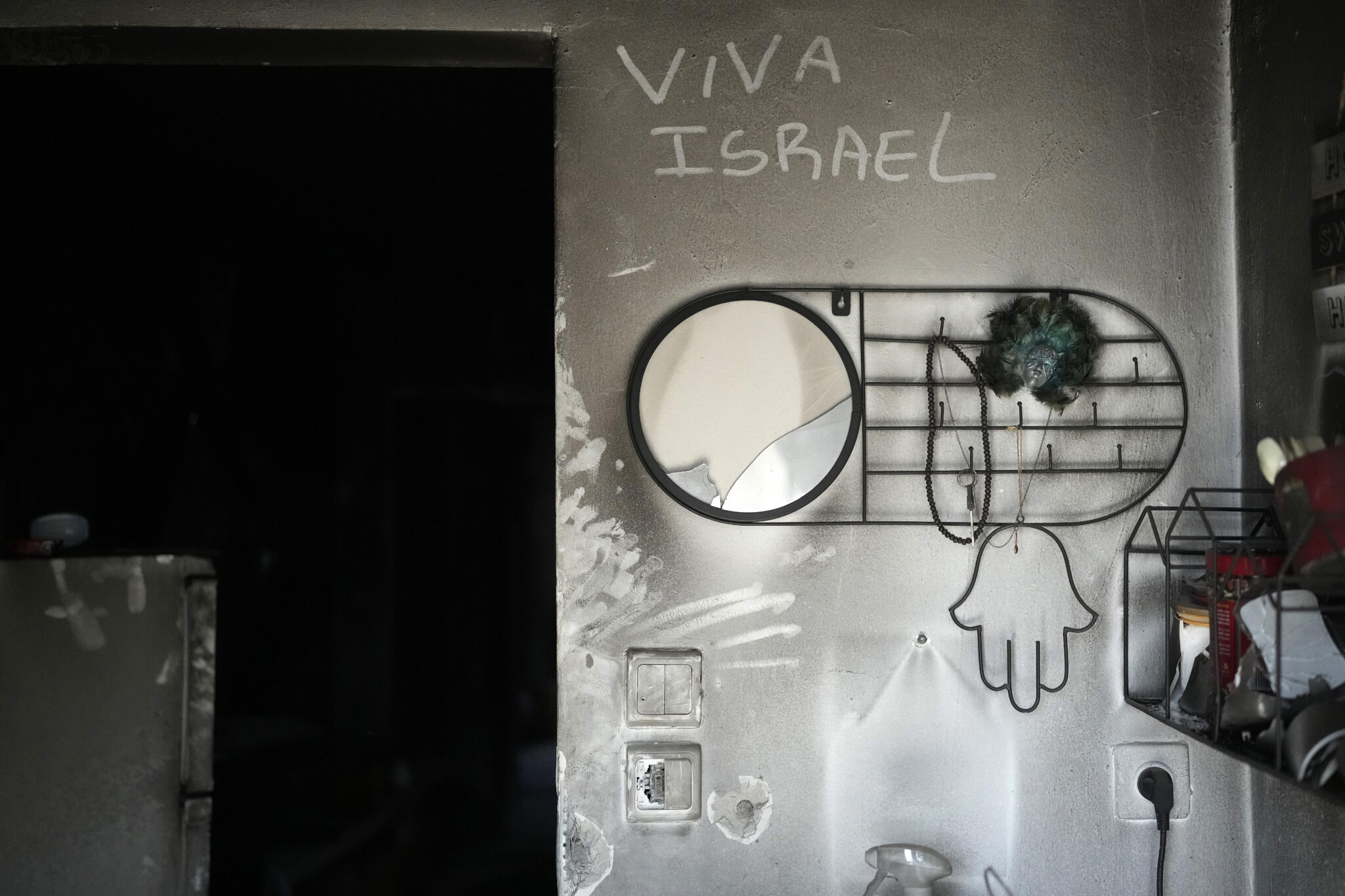The real ‘Person of the Year’ | Israel-Palestine conflict
It’s the end of the year, and you know what that means: lots of hubbub about Time magazine’s annual “Person of the Year,” a tradition that began in 1928 as “Man of the Year” but that now honours a “man, woman, group or concept.”
Given the ghastly course of 2023, it seems one obvious choice for “Person of the Year” would be the Palestinian doctors and medical personnel currently risking their lives to save others from Israel’s genocidal endeavours in the Gaza Strip.
Since October 7, the Israeli military has slaughtered more than 21,000 Palestinians in Gaza, among them at least 8,663 children. According to Healthcare Workers Watch – Palestine, an independent monitoring initiative co-launched by Texas doctor Osaid Alser, no fewer than 340 healthcare workers were killed by the Israelis between October 7 and December 19, including 118 doctors and 104 nurses.
Take, for example, the case of 36-year-old nephrologist Dr Hammam Alloh, a father of two young children, who was killed along with his own father in a November Israeli airstrike on their home. In an October interview with Democracy Now!, Alloh had responded as follows to the question of why he refused to abandon Al-Shifa hospital in Gaza City and to move south in accordance with Israeli evacuation orders: “You think I went to medical school and for my postgraduate degrees for a total of 14 years so [as to] think only about my life and not my patients?”
And it is this sort of relentless altruism that has been continuously on display by Palestinian medics as Israel undertakes to eradicate the very concept of humanity by carpet-bombing civilians and targeting hospitals and ambulances. The assault on medical infrastructure and personnel has been actively abetted by a cohort of Israeli doctors who have leapt onto the military bandwagon in order to cheerlead the bombing of Palestinian hospitals.
Not only have Palestinian medics been converted into military targets, they have also had to contend with crippling shortages of fuel, medicines, and basic supplies – shortages that were already bad enough in so-called “peacetime.” Watching family members and colleagues die has effectively become part of the job, and the Israeli army has additionally busied itself abducting and torturing Palestinian healthcare workers.
In a recent interview with the Washington Post, British-Palestinian surgeon Dr Ghassan Abu Sittah – who has volunteered with medical teams in Gaza during numerous Israeli assaults over the years and who spent 43 days in the besieged enclave this time around – described having to make “peace with the idea” that he was not going to survive. Among his patients was a young girl, the sole surviving daughter of a female obstetrician at Al-Shifa hospital who was killed along with her other offspring in an Israeli missile strike. Abu Sittah recalled the girl: “Half of her face was missing. Half her nose, her eyelids had been ripped from the bone.”
Despite the all-consuming horror, Abu Sittah reported witnessing great “acts of love” and resistance, as well, like with a three-year-old boy who had lost his family and whose arm and leg Abu Sittah was forced to amputate: “When I went to check up on him, the woman whose son was wounded in the bed next to him had him on her lap and was feeding him and her son.”
In sum, it’s not just the doctors in Gaza who are heroes.
Speaking of heroes, Palestinian journalists have also come under increasingly lethal Israeli fire for bearing witness to the increasingly lethal savagery being carried out in the Gaza Strip. The New York-based Committee to Protect Journalists (CPJ) notes that this war has constituted the “deadliest period for journalists since CPJ began gathering data in 1992”; between October 7 and December 23, sixty-nine journalists and media workers had been confirmed dead. Of these casualties, 62 were Palestinian, four were Israeli, and three were Lebanese.
On November 20, Palestinian journalist Ayat Khadura was killed in an Israeli airstrike on her home in northern Gaza – just two weeks after she had shared a “last message to the world” in which she stated: “We had big dreams but our dream now is to be killed in one piece so they know who we are.”
In another deadly episode documented by CPJ, Palestinian journalist Mohamed Abu Hassira was “killed in a strike on his home in Gaza along with 42 family members” on November 7. And yet in the view of the Western corporate media, the slaughter of journalists and their extended families in Gaza has evidently been deemed less than newsworthy.
On December 15, Al Jazeera Arabic cameraman Samer Abudaqa was killed in an Israeli attack in southern Gaza, where he bled to death after Israeli forces kept ambulances from reaching him for more than five hours. Also injured was Abudaqa’s colleague, Al Jazeera bureau chief Wael Dahdouh, who in a previous Israeli attack in October lost his wife, his son, his daughter, his grandson, and various other family members.
In spite of unspeakable trauma, Dahdouh has kept reporting.
The abundance of real-world heroism notwithstanding, Time magazine has selected American billionaire singer-songwriter and pop culture opiate of the masses Taylor Swift as its “Person of the Year” for 2023. As per the Time writeup, Swift is in fact the “main character of the world.” (Prior recipients of the honour have included Adolf Hitler, Donald Trump, the Joe Biden-Kamala Harris duo, and Elon Musk – the “richest private citizen in history” who apparently charmed the Time team by “live-tweet[ing] his poops.”)
But while Swift may indeed be the current protagonist of a superficial world rapidly combusting in self-absorbed banality, one wishes more credit were given to real-world heroes. And as 2023 comes to a close with no end to genocide in sight, give me the people of Gaza as “Person of the Year” any day.
The views expressed in this article are the author’s own and do not necessarily reflect Al Jazeera’s editorial stance.
Check out our Latest News and Follow us at Facebook
Original Source







